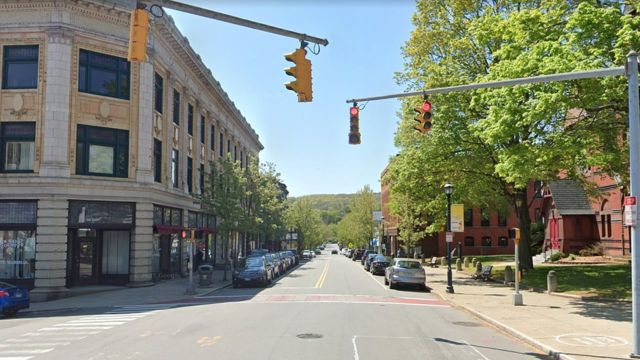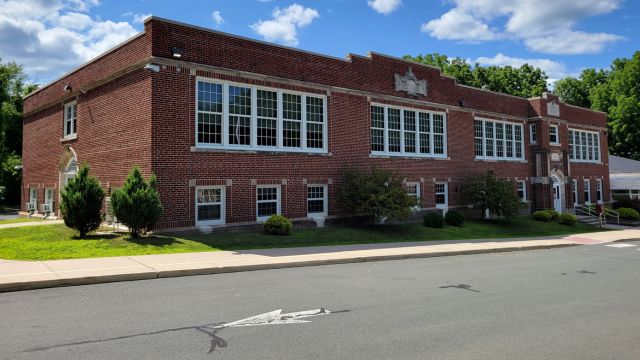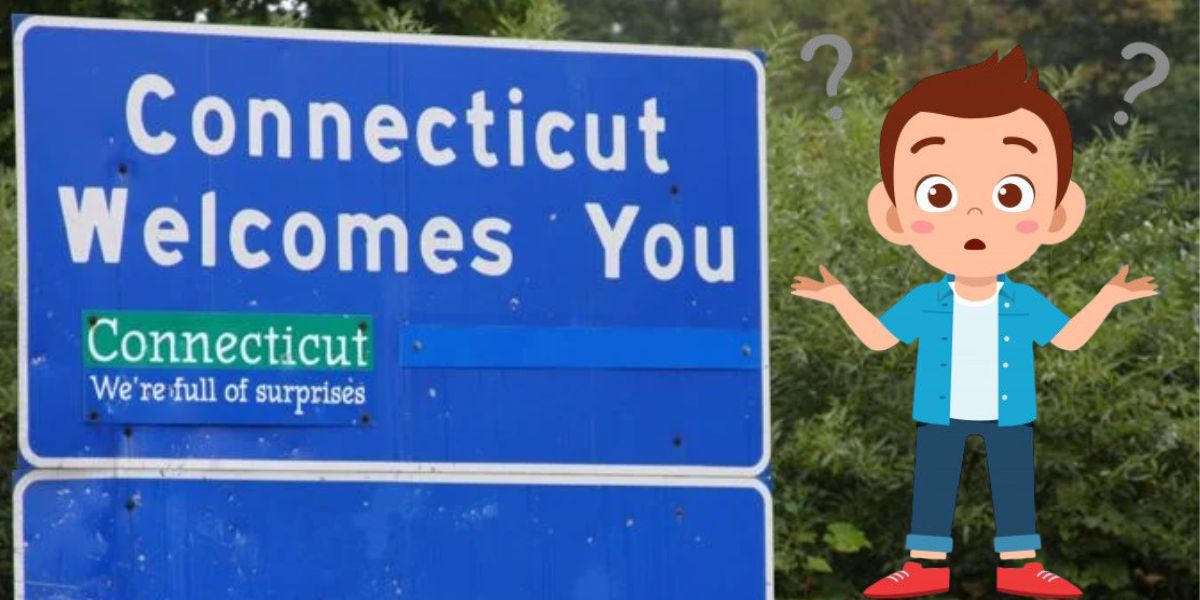Connecticut is a pleasure for anyone interested in learning about a state’s oddly named towns.
In addition to learning the events and motivations behind the naming of these towns, you also get a peek of what life was like for the residents of those communities by traveling back in time.
After that, you learn how the community embraces progress while still paying homage to its founders and early history while using its natural resources.
This is how the names of these little towns in Connecticut came to be.
Killingly
It does raise the question of what happened in a town that has the word “kill” in its name. It turns out that the town of Killingly was named after the town of Killinghall in Yorkshire, England, and it was established in 1708.
Beginning in Killingly, the Quinebaug River Trail meanders beside the river and through certain areas of the town before transitioning into a park-like environment with the Quinebaug River below and treetops above offering patches of shade.
Along the route, take advantage of a canoe/kayak launch and observe a variety of plants and animals. Both the food and the service of the New Imperial Restaurant have received high marks.
There are many well-known and charming lodging options in the area, such as Brooklyn, Connecticut’s The Stoneledge Inn. Constructed in 1870, it boasts classic charm with contemporary features like individual bathrooms in every room.
Naugatuck
In Algonquin, Naugatuck means “lone tree by the fishing place.”
Although the name eventually evolved to refer to the entire river, researchers are unsure if there was a particular tree. Explore the 5,000 acres of Naugatuck State Forest, which spans Beacon Falls, Oxford, Naugatuck, and neighboring towns.
While there are routes for mountain biking, hiking, running, cross-country skiing, and snowmobiling, as well as waterfalls, a bridle trail, and a shooting range, a large portion of the forest remains incredibly untamed and underdeveloped.

With trees that are home to a diverse range of species, including woodpeckers, sparrows, and towhees, the forest is also a nice backdrop for birdwatchers.
Along the river, the Naugatuck River Greenway allows hikers, mountain bikers, runners, and walkers to take in the landscape.
Looking to Retire in Virginia? These Affordable Towns Will Save You Big!
Willimantic
Willimantic is one of those oddly called towns in Connecticut that sound like a combination of three unrelated ideas. One wonders how the river gained its name, as sources say the town was named after it.
Because of the nearby waterfalls, it appears to imply “swift water” in the Algonquian language. Six cotton mills along the river were constructed in seven years starting in 1825.
Beginning in May, Willimantic has a monthly street festival on the third Thursday of each month.
Food and beverages, live music and dance on several stages, street entertainers, kid-friendly events, and sales at stores and galleries are all around town. Discover the significance of the Od and New cemeteries in the town.
Is Your Dream Retirement Town in Pennsylvania? See the Rankings Now!
Tariffville
Tariffville, a village in the more well-known town of Simsbury, was formerly known as The Falls, after the nearby tumbling rapids.
The Tariff Act of 1824 followed, imposing exorbitant duties on imports such as the wool used to weave carpets.
The first carpet mill in the United States was established within a year by the Tariff Manufacturing Company, which was named after the Tariff Act. Tariffville was the new name for the town of The Falls.

The mill owners constructed dwellings for their workers. The town contains four of the most expensive Greek Revival-style houses with a view of the river, which were constructed for mill supervisors and their families.
Homes constructed in the Carpenter Gothic style, which are scattered around the town, stand out in sharp contrast. These homes have arched windows and gingerbread trim.
East Haddam
When a group purchased the property from the Wangunk tribe in 1662 for “30 coats,” or about $100, East Haddam and Haddam were one colony.
The region was dubbed Machimoodus by the tribe, meaning “the place of noises.” The rumblings of the several earthquakes that occurred in the area at the time could be heard for kilometers.
Despite the spelling discrepancy, the town’s residents decided to call it Haddam in 1668 because it was simpler and was modeled after the English town Great Hadham.
Actor, director, and playwright William Gillette constructed a magnificent 14,000-square-foot medieval-style castle in Gillette Castle State Park in 1914. Following his passing, the state acquired the castle and surrounding land to establish the state park.
The views from the castle, which is 200 feet above the river, are just as striking. The lines of the miniature railroad Gillette used to make acquaintances around the estate have been replaced by hiking pathways.







Leave a Comment